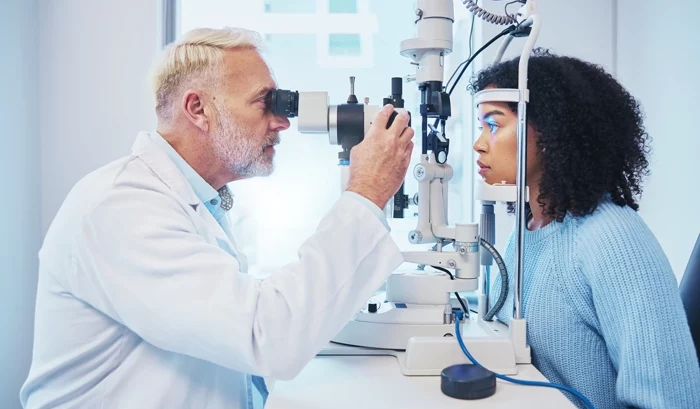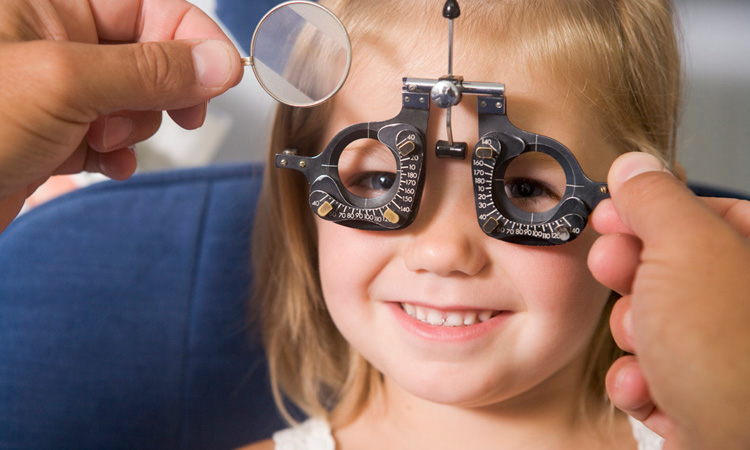Everything You Need to Know About Astigmatism
Astigmatism may sound intimidating, but it’s more common than you’d think. According to the American Academy of Ophthalmology, approximately one in three people experience astigmatism. It is often misconstrued as an eye disease or an eye health problem, but is, in fact, an eye focusing condition that can distort or blur your vision.
The normal curvature of the cornea (the outer portion of the eye), and the lens (the inner part of the eye) are smooth and parallel. The typical shape of the eye is often compared to a basketball. People with astigmatism have a cornea and a lens with an irregularly curved shape. The irregular shape is often compared to a football.
Similar to nearsightedness and farsightedness, astigmatism is a refractive error. When light enters your eye, it is unevenly distributed on the retina, which causes blurred vision.
Who is at risk for astigmatism?
Astigmatism can occur in both adults and children. Your risk of being affected by astigmatism is higher if you have any of the following:
- a family history of astigmatism
- previous eye surgeries, such as cataract surgery
- a high degree of nearsightedness
- a high degree of farsightedness
- a thin or scarred cornea
What are the signs and symptoms of astigmatism?
Symptoms may vary from person to person. Some people may not experience any symptoms, whereas others may experience one or more of the symptoms listed below:
- blurry or distorted vision
- headaches
- eyestrain
- fatigue
- impaired vision at night
- squinting
- eye irritation
How is astigmatism diagnosed?
An optometrist will diagnose astigmatism through a dilated eye examination, similar to the eye examination used to diagnose nearsightedness and farsightedness. A keratometer is then used to measure the curvature of your cornea by calculating how much light reflects off of your cornea. This will determine the extent of your astigmatism. If your optometrist deems it necessary, they will test how you respond to light as your eyes focus. This part of the exam is simple, painless, and will help determine your best treatment plan.
What can I do to treat astigmatism?
If your astigmatism is mild, it may not require any treatment. However, depending on the result of your diagnosis, your optometrist will choose the best treatment option for you. Below is a partial list of common treatments:
- Wear specialized glasses. The irregular curves in your eyes are treatable with specialized glasses that help reduce your blurry vision symptoms.
- Wear contact lenses for astigmatism. Similarly to the glasses, you can choose from hard or soft lenses and daily or extended-wear lenses.
- A non-invasive procedure where you temporarily wear hard contact lenses every night to correct your vision. These lenses are worn only at night.
Contact your professional optometrist if you believe you may have any symptoms pointing to astigmatism.
Did you know that you can get vision insurance as an add-on when you’re enrolling in one of our MetLife dental insurance plans? View plan details and enroll today.






